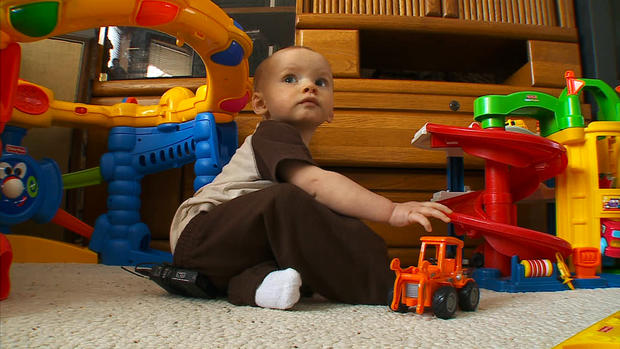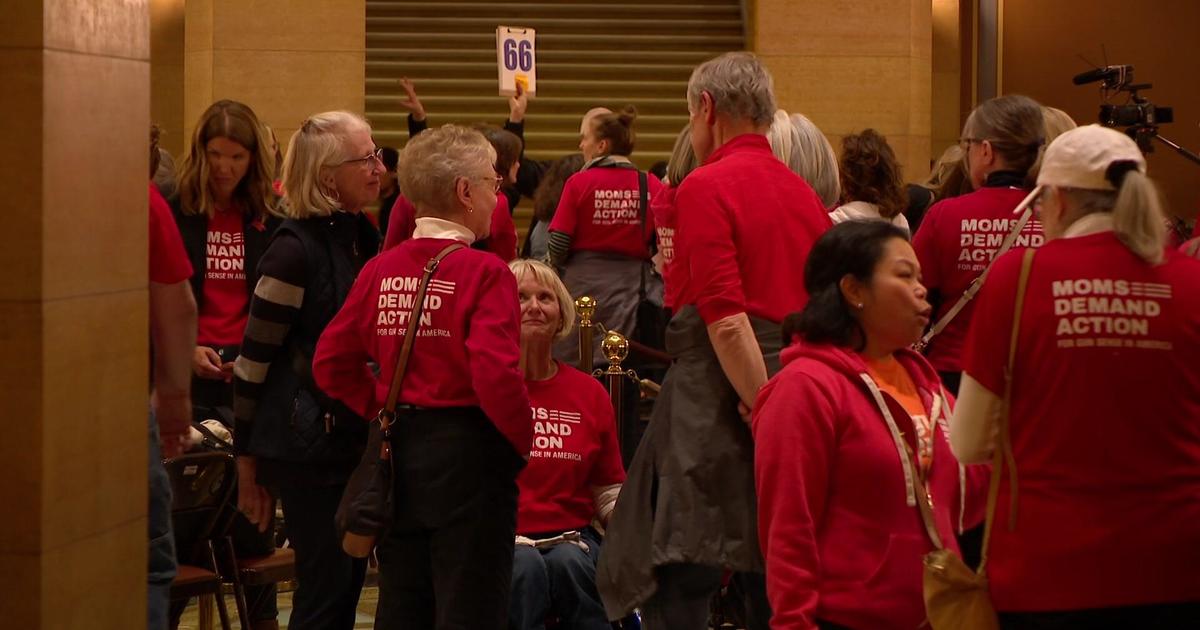More Than Half A Million Minnesota Families Poised To Get Federal Child Tax Credit Payments Starting Thursday
ST. PAUL (WCCO) -- The federal government is set to start sending monthly boosted child tax credit payments to families across the United States Thursday, and more than half a million Minnesota families are expected to benefit.
Under provisions in the latest round of COVID-19 relief, the American Rescue Plan, the child tax credit increased from $2,000 to $3,000 per child for children ages 6 to 17. It increases for younger children to $3,600 per child.
The Internal Revenue Service for the first time is disbursing half of that credit in monthly payments for the next six months, a move designed to help lower and middle class families endure the ongoing economic challenges of the pandemic that advocates praise as transformative federal policy.
For parents and families, it means getting a monthly check or deposit instead of a break when taxes are due. Qualifying households would get $300 per child under the age of six and $250 for every child 6 to 17. Previously, under the old credit structure, 17 year olds did not qualify.
The other half of the child tax credit will be claimed when filing for 2021 taxes, which is the only tax year the change applies.
Matt Sobiech, a teacher who lives in St. Michael, welcomes the news for his family. He said his wife, who is also a teacher, stays home to watch their three kids because child care isn't affordable.
"Teaching and trying to pay for child care would just come out even, so I'd rather her be at home with our kids. It's hard to raise kids and it costs a lot of money, so I think it just lightens the load for us," Sobiech said. "It's a lot easier if you have the money now rather than having to wait later, and it's more so that's going to benefit every family with kids."
There are income requirements to receive the full payment: $75,000 or less for single taxpayers; $112,500 or less for heads of household; and $150,000 for married couples filing a joint return and qualified widows and widowers.
Americans who did not file taxes based on income are still eligible and can sign up here. Payments phase out as income increases.
Child care providers are praising the changes, calling it a "revolutionary" move for the United States that could bridge the access gap, too, if the temporary credit enhancement stays beyond 2021, the only year it applies. The White House is pushing to extend it.
There's more demand for child care than spots available in Minnesota. The state has lost half of its in-home daycare providers over the last two decades, according to a recent report.
Clare Sanford is the government relations chair for the Minnesota Child Care Association.
"It's a huge part of the puzzle," Sanford said. "I don't think any provider is going to be making real long-term plans based on [these tax provisions] until we see what happens, but this is exactly the direction that we need to be going with in order to incentivize providers to expand and new providers to enter the market."
The Minnesota Department of Revenue estimates that close to 700,000 families in the state could be impacted, but a spokesman said that calculation is bit limited because the IRS handles the payments and the state revenue agency doesn't have access to age information of dependents claimed on a tax return.
In 2018, 678,200 Minnesotans claimed more than $2 billion in child tax credits, Ryan Brown, the spokesman, said in an email. The department estimates taxpayers could get an additional $1.9 billion in child tax credits a as result of the policy. Brown noted that the agency's data also does not include families newly eligible to the program, like those who didn't make enough money to pay federal taxes or those with 17-year-old children.
The Center for Budget and Policy Priorities estimates 1.1 million children in Minnesota would be covered by the expansion of the credit or 87% of kids living in the state.
Sanford also praised other provisions of the American Rescue Plan impacting families and child care. She also pointed to policies approved by the Minnesota Legislature this year, including an increase in child care assistance reimbursement rates to providers, as positive changes.
"It's still not enough, unfortunately, because the hole we have to dig out of in terms of access and affordability for child care is so deep, but these are real meaningful changes," Sanford said.
For more questions about the child care tax credit and what it means for you, click here.




